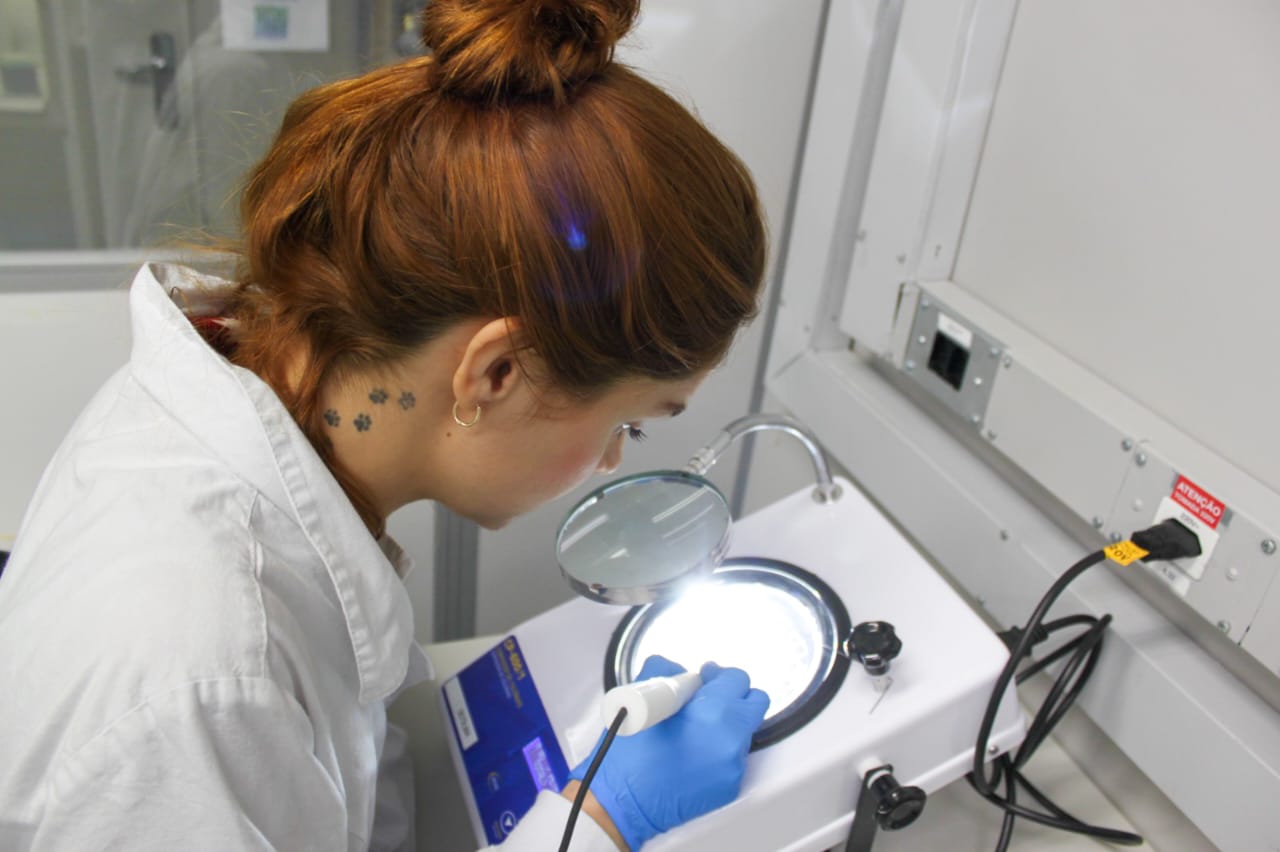Quantitative Detection of Microorganisms in Water

Microbiological water monitoring is essential to ensure potability and compliance with sanitary regulations. Our laboratory provides specialized analyses for the detection and quantification of microbial water quality indicators using validated techniques.
Available Services
- Enterococci spp. Count: Indicator of fecal contamination in aquatic environments, crucial for assessing water safety for consumption and recreational use.
- Pseudomonas aeruginosa Count: Detection of microorganisms associated with aquatic environments, important for monitoring water quality in supply systems.
- Sulphite-Reducing Clostridia Spore Count: A robust indicator of anaerobic contamination in water systems, particularly valuable in analyses of underground sources.
- Clostridium perfringens Count: Persistent fecal contamination indicator used in the analysis of treated and natural waters.
- Heterotrophic Bacteria Count: Provides an overview of the microbiological quality of treated water. Frequent monitoring can detect changes related to storage (e.g., regrowth and biofilm formation) and assess the efficiency of treatment, system integrity, and distribution hygiene.
Applications:
- Microbiological control of bottled water and ice quality (RDC No. 274, of 09/22/2005)
- Determination of the potability of water, natural mineral water, and natural water (RDC No. 275, of 09/22/2005)
- Safety assessment of recreational waters
- Detection of anaerobic contamination in water systems
- Indicators of fecal contamination